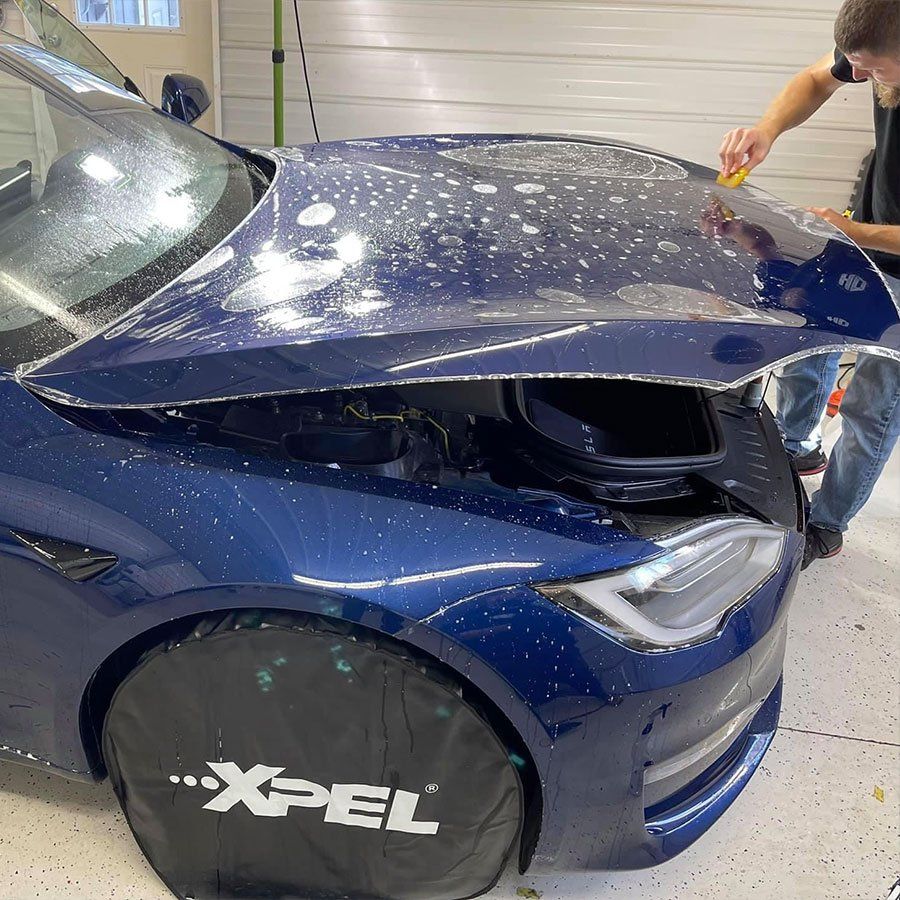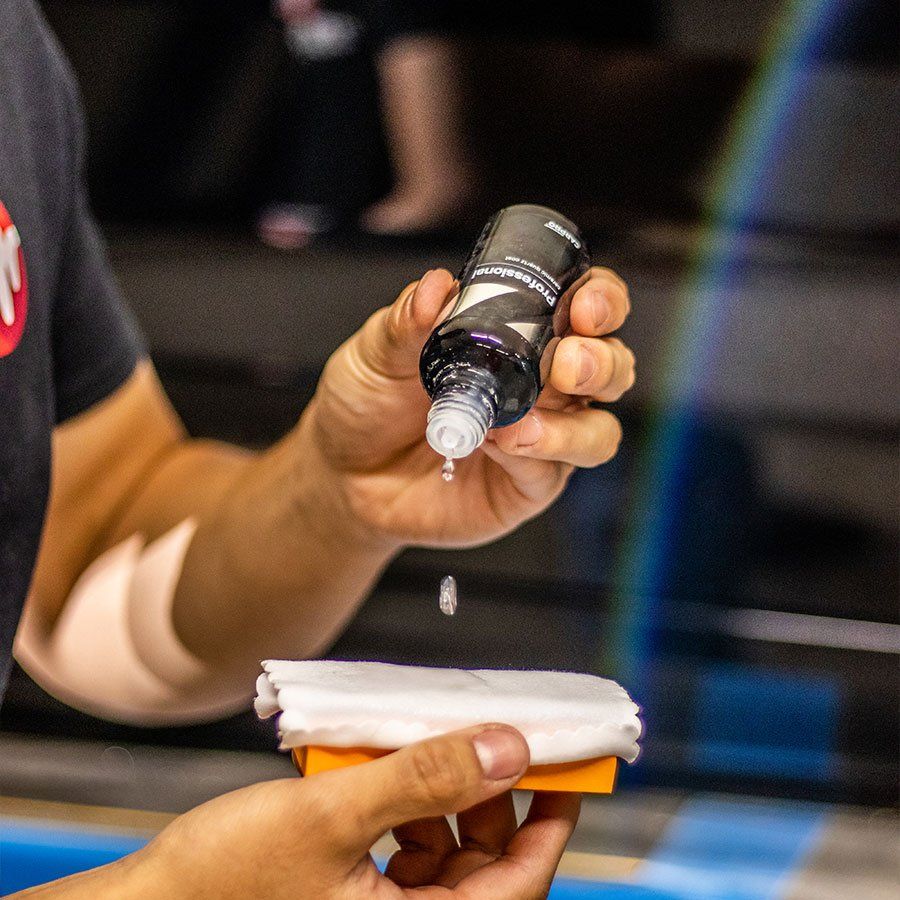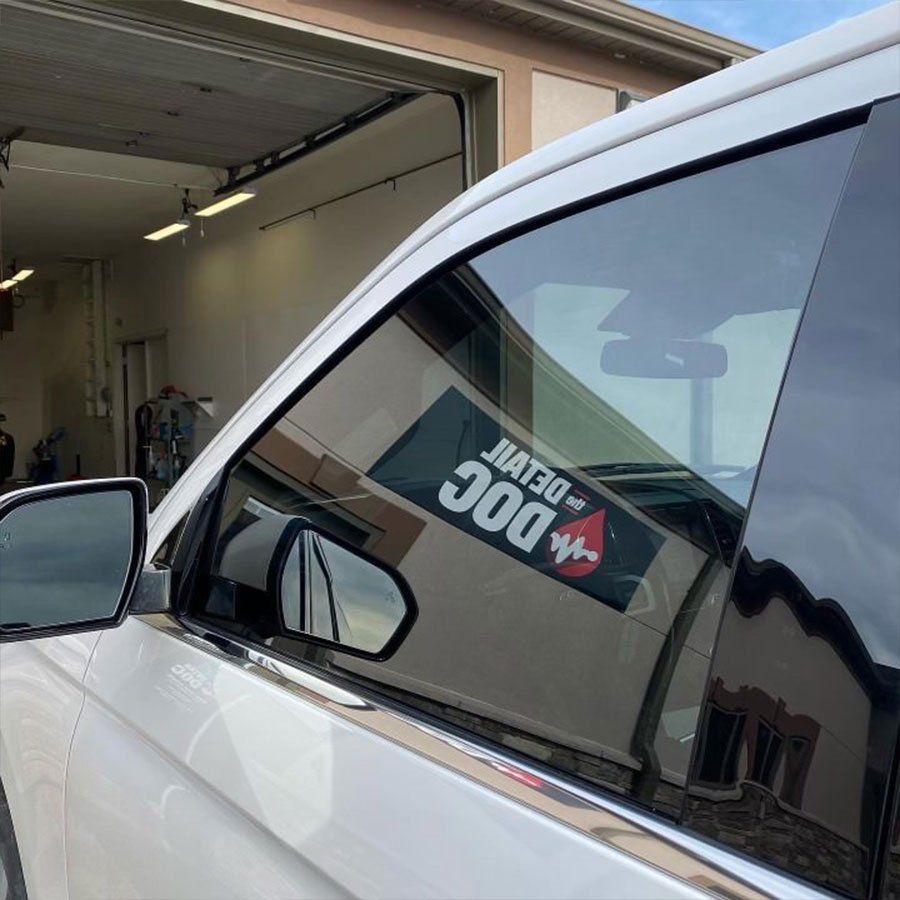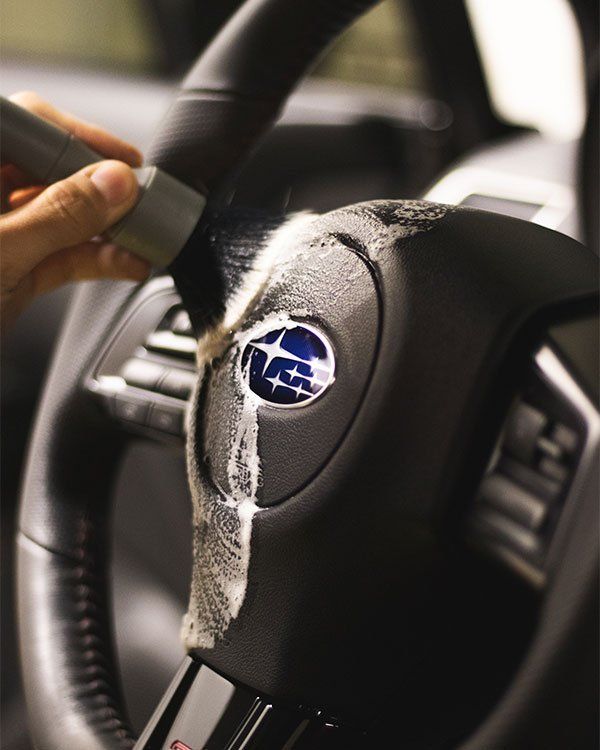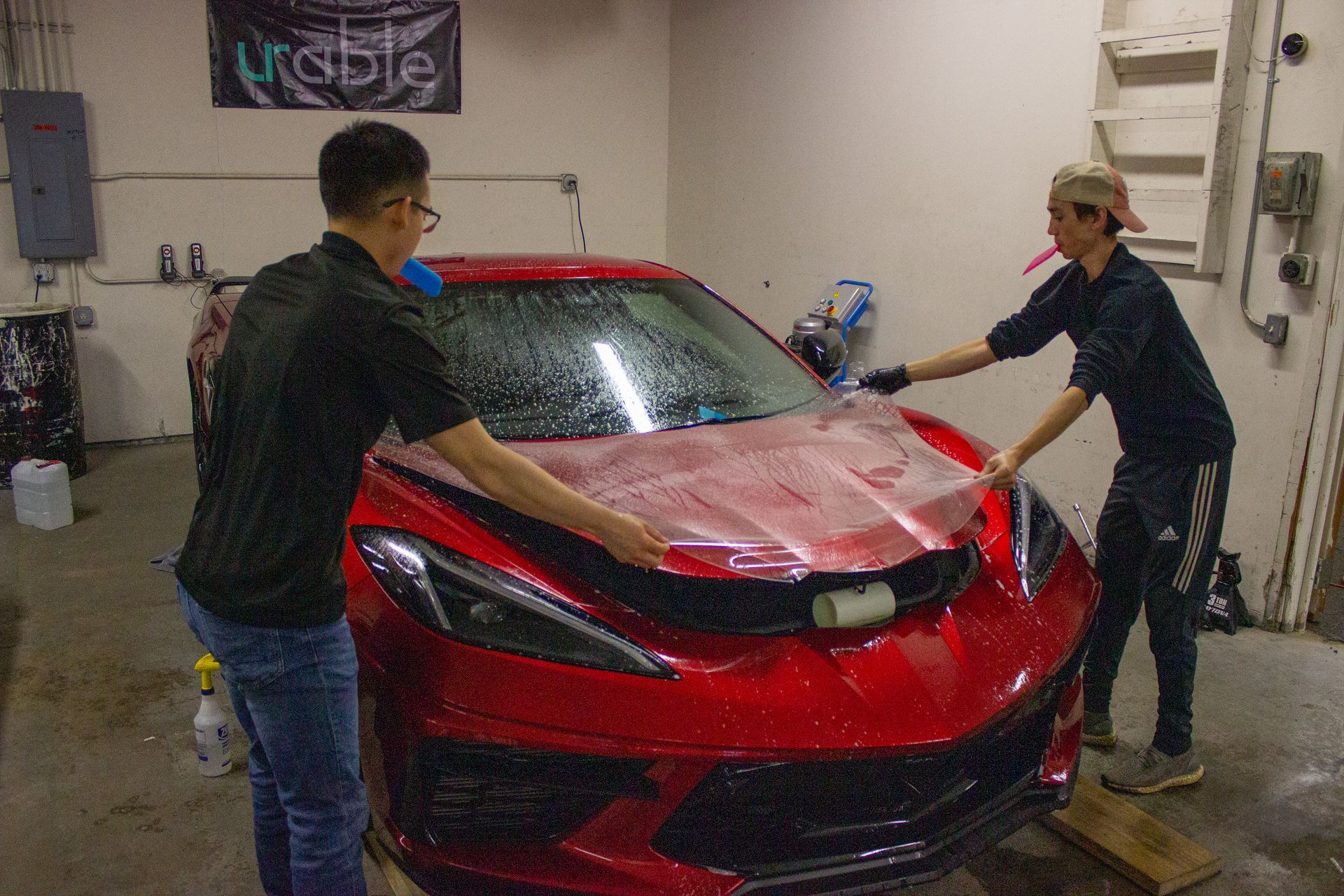The Detail Doc Blog
Does Ceramic Coating Protect Against Rust on Vehicles?
(989) 244-0505 GET SCHEDULED NOWWhen it comes to protecting your vehicle, many people turn to ceramic coatings, hoping they will guard against all threats—including rust. But is that really the case? Let’s dive into the truth behind ceramic coatings and their role in preventing rust, so you can make an informed decision about your vehicle’s maintenance strategy. From understanding how these coatings work to uncovering what additional steps you might need to take, this guide will help clarify the best ways to keep your ride looking sharp and rust-free for years to come.
While ceramic coating provides a protective layer for vehicle paint and helps repel water and contaminants, it does not offer direct protection against rust formation on metal surfaces. For effective rust prevention, additional treatments or regular maintenance practices should be implemented alongside ceramic coatings.
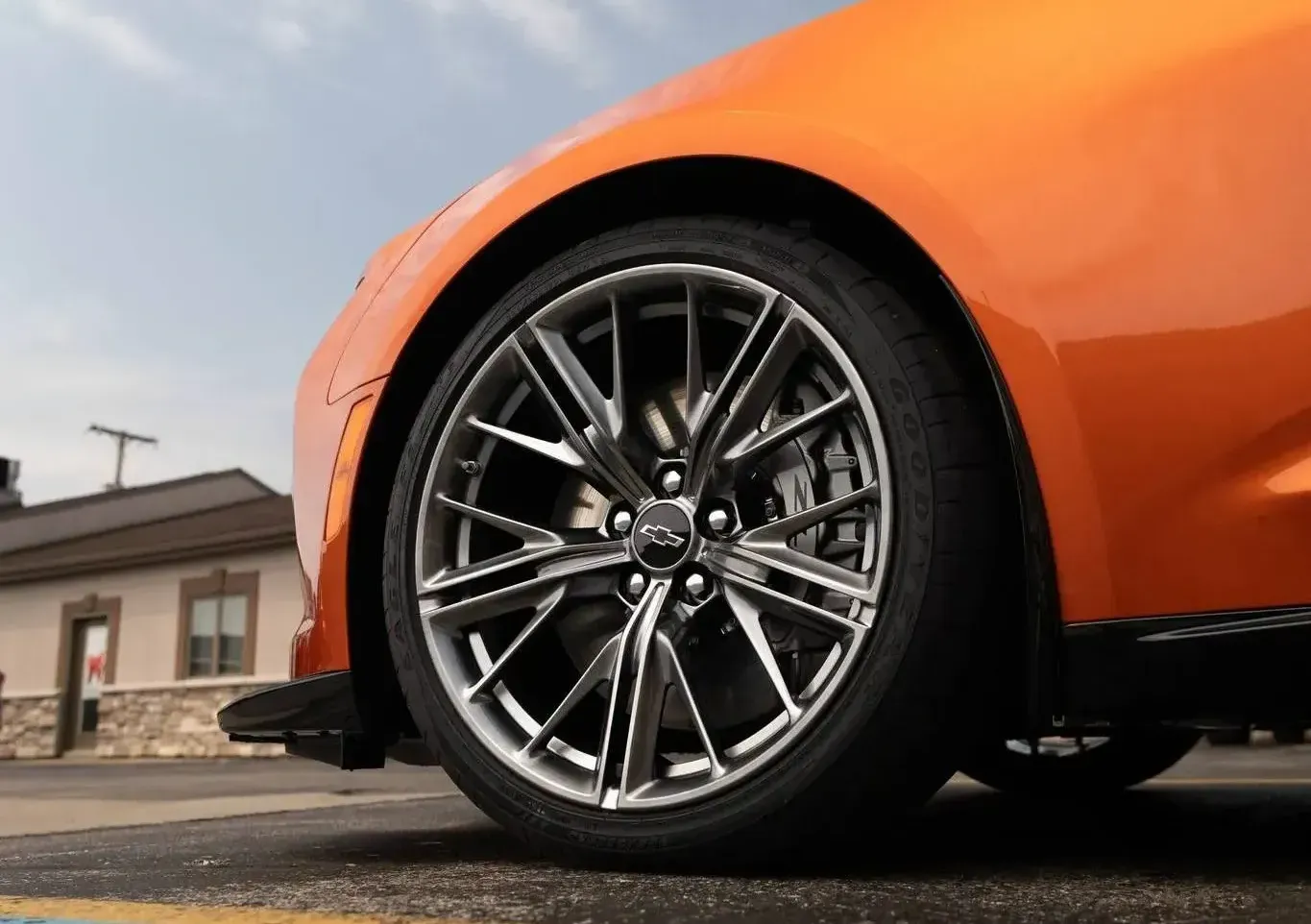
Does Ceramic Coating Prevent Rust?
Ceramic coatings are often celebrated for their ability to provide a protective barrier for your vehicle's exterior, enhancing its aesthetic appeal and simplifying the washing process. However, while these coatings offer robust protection against environmental elements like UV rays and contaminants such as bird droppings or grime, they do not completely eliminate the risk of rust forming on your vehicle.
This is primarily because rust originates from the oxidation of metal, which occurs when moisture and oxygen infiltrate areas where the paint is compromised—think chips, scratches, or abrasions.
You might wonder: if ceramic coatings repel water and reduce road salt adherence, how does that relate to rust? In summary, although the hydrophobic properties of ceramic coatings aid in reducing surface moisture retention, they are unable to tackle underlying problems. For instance, even with a ceramic coating applied, areas of bare metal exposed due to wear and tear from gravel or potholes can easily succumb to rust.
Moreover, it’s important to note that while ceramic coatings significantly enhance paint protection—offering up to 90% improvement in rust resistance based on studies—only regular maintenance and supplementary protective treatments can ensure comprehensive rust defense.
With this understanding in mind, it becomes clear that while ceramic coatings play a crucial role in protecting your vehicle's paintwork, supplemental solutions should be considered for thorough rust management.
After all, regular washing is still a critical part of maintaining your vehicle's exterior health. It helps remove lingering contaminants, including road salt, that can escalate rust formation over time if not washed away. Experts recommend adding additional treatments such as fluid film or other dedicated rust-proofing agents to further bolster protection against corrosion. These treatments create an additional layer specifically aimed at shielding metal components from the harmful effects of exposure to moisture and debris.
As vehicle owners navigate winter's challenges, acknowledging the limitations of ceramic coatings coupled with strategic maintenance practices will decidedly ensure a longer lifespan for their vehicles' aesthetic appeal and structural integrity.
Keeping these insights in mind sets the stage for exploring the distinct advantages that these protective coatings offer beyond just rust prevention.
Key Benefits of Ceramic Coating
One of the most appealing benefits is the enhanced gloss and shine that ceramic coatings provide. Envision having a vehicle that gleams like new each time you drive it. This is made possible due to the coating’s exceptional reflective properties, which enhance the paint's depth and luster. In fact, many owners report feeling a sense of pride and joy when they catch a glimpse of their car gleaming in the sunlight. It truly transforms your vehicle into a stunning sight on the road.
Another noteworthy advantage is the ease of cleaning that comes with ceramic coatings. Since contaminants like mud, bird droppings, and tree sap struggle to adhere to the surface, regular cleaning sessions become quick and straightforward. As a bonus, less scrubbing means less wear on your car's paint, preserving its integrity for years to come.
UV Protection
Moreover, we cannot overlook the important role that ceramic coatings play in offering UV protection. You may not realize this, but UV rays can severely oxidize your car’s paint over time, resulting in fading and dullness. By blocking up to 99% of these harmful rays, ceramic coatings enable your vehicle to maintain its original color much longer than unprotected surfaces would allow. This added longevity helps preserve not just aesthetic appeal but also potentially enhances the vehicle's resale value.
Chemical Resistance
Another impressive feature of ceramic coatings is their chemical resistance. They act as a robust defensive barrier against acidic contaminants often found in environmental elements such as acid rain or road salts. This protection adds an extra layer of assurance for drivers who navigate through difficult weather conditions or urban environments.
Understanding these key benefits can help you evaluate if this protective solution meets your vehicle care priorities. With its formidable shield against various external factors, you can enjoy both increased aesthetic appeal and streamlined maintenance routines as you explore further details about the application process.
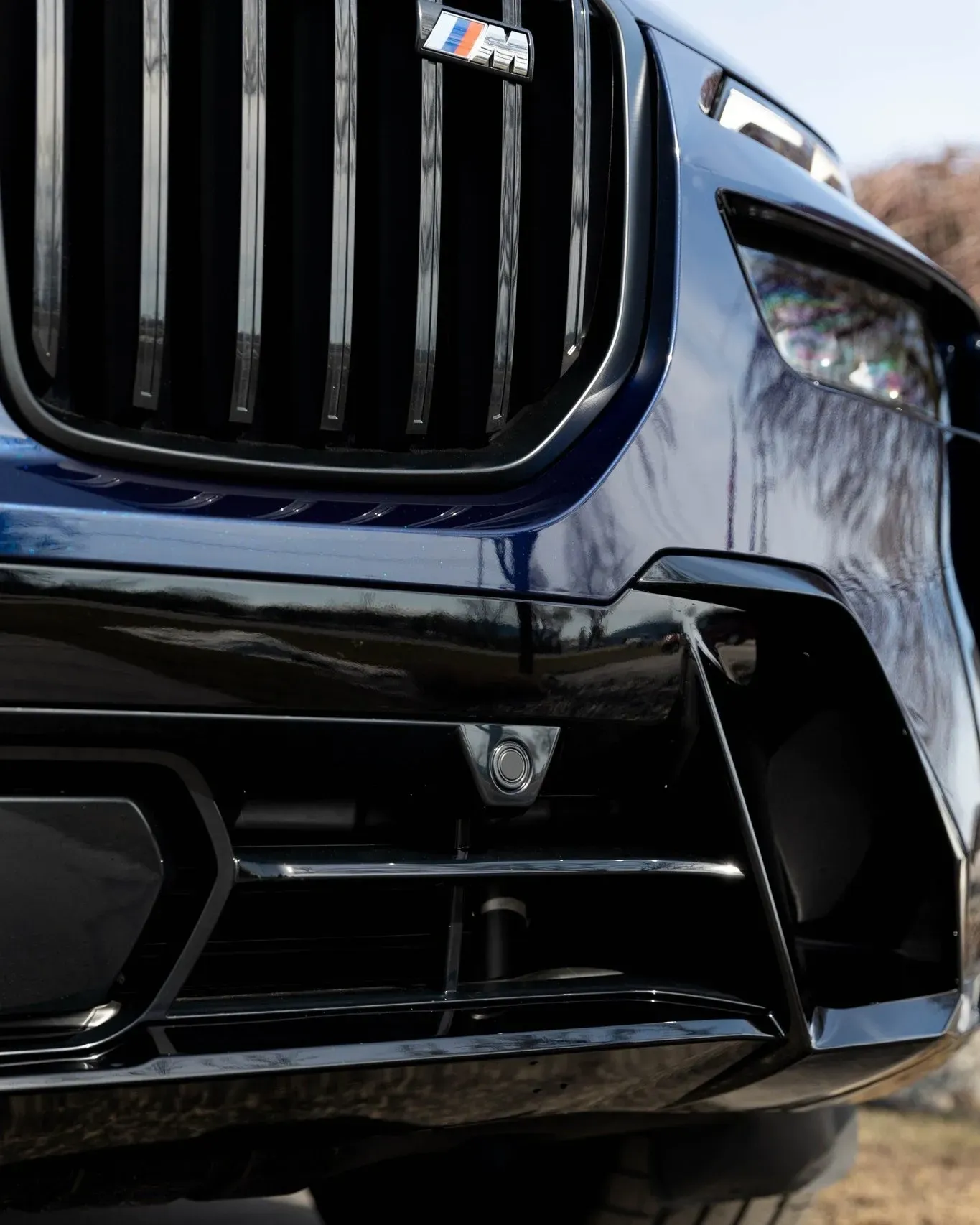
Investment Value: Is Ceramic Coating Worth It?
Deciding on ceramic coating involves more than just considering the upfront price; it's about looking at the long-term benefits that come with it.
At first glance, this might seem steep, especially if you’re used to DIY solutions that are considerably cheaper.
To appreciate the true value of ceramic coatings, consider how they work to improve not only the aesthetics but also the protection of your vehicle. With a ceramic coating, your car gains a hydrophobic layer that helps repel water and dirt. Think about it: when road salt and grime encounter your beautifully coated surface, they’re far less likely to adhere and cause damage than they would without the coating. This means fewer hours spent scrubbing your vehicle clean and less need for touch-up paint jobs.
Yet, despite these benefits, it’s important to recognize the critiques surrounding the application process and initial expenses. Some argue that spending over a thousand dollars on a treatment feels excessive when alternatives exist. The ritualistic commitment to reapplying traditional waxes or sealants every few months may seem more budget-friendly in the short term.
However, consider this: while traditional wax may cost less initially, it simply doesn’t offer the same level of durable protection as ceramic coatings. In fact, many car owners end up spending much more on paint corrections or frequent washes due to paint deterioration from exposure to environmental factors. The long-term savings incurred in minimization of maintenance costs often outweigh those upfront expenses—especially when you start factoring in the frequency of applications required for traditional products.
Evaluating how effective these products really are in preventing rust can provide deeper insights into their overall value for vehicle protection.
Real-World Effectiveness on Rust Prevention
The ultimate test for any vehicle protection method is real-world scenarios. Imagine driving through a snowy winter, snowflakes dancing around while you bravely make your way to work. It's beautiful, but that road salt being tossed onto your car spells trouble.
In places where winters turn roads into salt baths, vehicle owners often report their experiences with ceramic coatings. The results are worth noting: vehicles with ceramic coatings tend to show significantly less superficial rust than their untreated counterparts.
However, it's important to note that while ceramic coatings perform admirably, they do not protect all areas of a vehicle. For instance, undercarriages and wheel arches—those hard-to-reach spots—may still experience rust unless coated as well.
Now, this brings us to an actionable tip: combining a ceramic coating with other protective measures can yield the best results. Regular washing of the undercarriage helps remove harmful salt and grime that could cause corrosion over time.
If you're serious about protection, incorporating additional treatments can enhance your defenses against rust even further.
Therefore, while ceramic coating greatly reduces the risk of rust, it works best when adopted as part of a broader rust-prevention strategy rather than a standalone solution.
Overall, maintaining your vehicle’s appearance and longevity is tied deeply to how proactive you are in protecting it from environmental elements. Your vehicle is not just an investment; it serves as a faithful companion that deserves care.
Investing in a ceramic coating along with regular maintenance routines will contribute significantly to preserving that gleaming finish and resisting unsightly rust.
For tailored advice and professional services, feel free to reach out to us at The Detail Doc or call us at (989) 244-0505.

